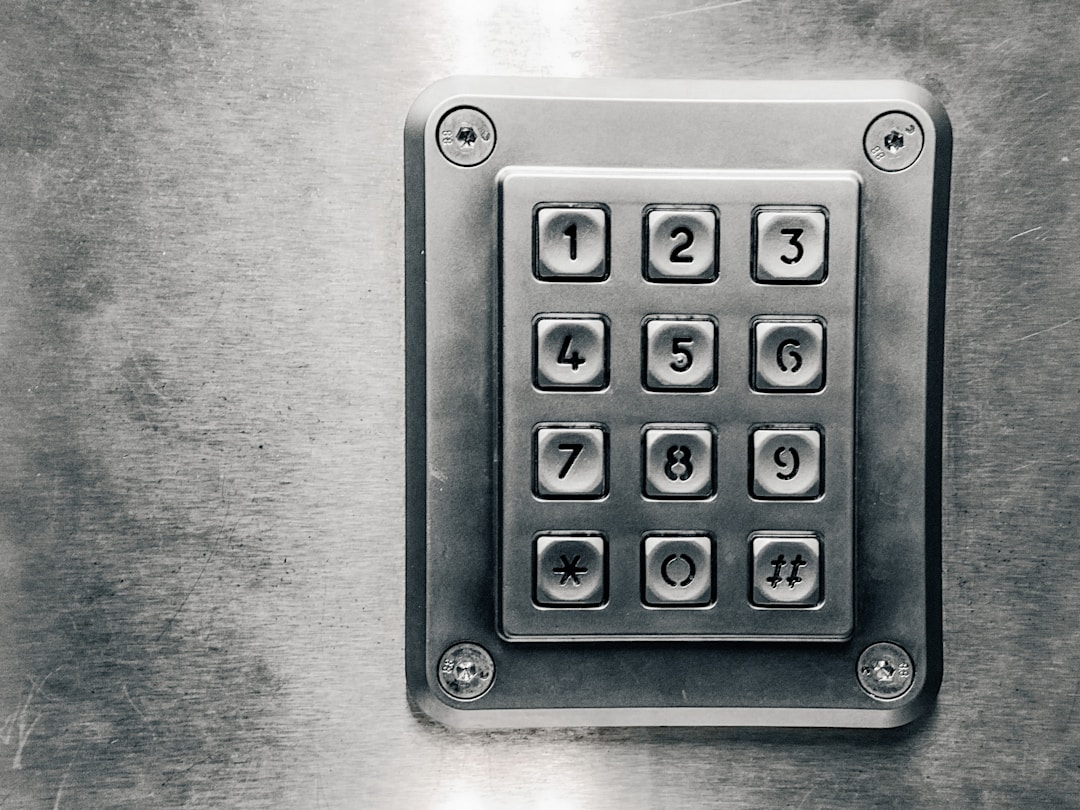
What Is a Wet Lock?
In the realm of security systems and access controls, innovative solutions such as a wet lock play a pivotal role. The concept may sound unfamiliar to those outside technical circles, yet it constitutes a critical component in safeguarding various environments. So, what is a wet lock? Understanding wet locks is not only beneficial for security professionals but also for businesses and individuals looking to enhance their security measures. Below, we delve into the intricate world of wet locks and explore their significance.
Understanding the Fundamentals of a Wet Lock System

At its core, a wet power lock system is an electromechanical locking mechanism. The “wet” aspect refers to the presence of an electrical charge allowing the completion of a circuit that engages or disengages the lock. The utilization of a wet lock is often in high-security areas where sophisticated access control is paramount. These wet locks are typically more advanced than traditional mechanical locks and provide added layers of security. They are often used in conjunction with other security measures like keypads, card readers, or biometric systems to reinforce control over who can access a specific area.
A wet contact is often utilized when there is a need for access and power control of hardware devices that operate on the same circuit. For example, let’s consider a scenario where you have a security gate that needs to open when a valid access card is presented. In this case, a wet contact would be used to send a signal to the gate’s control mechanism, allowing it to receive power and open accordingly. This type of contact ensures both access control and power distribution happen seamlessly on the same circuit.
Exploring the Various Applications of Wet Lock Technology
When it comes to real-world applications, wet lock technology finds its place in various settings. Its robust nature makes it suitable for industrial sites where environmental factors such as humidity or exposure to liquids are common. In such environments, traditional locks might falter, but a wet lock’s specialized design remains reliable.
Apart from industrial applications, wet locks are increasingly common in data centers and secure facilities like government buildings. These establishments require precise control over access due to the sensitive nature of the information housed within. It ensures that only authorized personnel can gain entry, providing a considerable deterrent against unauthorized access attempts.
Modern-day vehicles, especially those with advanced security features, might also implement wet lock systems. With the goal of deterring theft and ensuring that only individuals with the proper credentials can operate the vehicle, wet locks add an additional layer of complication for potential thieves.
Moreover, public infrastructure such as transportation hubs with secure zones or restricted areas in airports also benefit from wet locks. As security standards evolve, so does the adoption of wet lock technology in critical public spaces requiring meticulous monitoring and control.
The Design and Operational Mechanism Behind Wet Locks

Delving into the design, wet power locks are ingeniously crafted to provide maximum security. They are composed of electronic components and a locking mechanism that works in tandem to promise both a fail-secure and a fail-safe system. This dual nature ensures the lock remains operational and the area is secure in the event of power failures or emergencies.
The operational mechanism behind wet locks might seem intricate at first glance. It involves a relay that is triggered by an electrical charge when an authorized signal is received. This triggers the lock to either engage or disengage, depending on the design and the desired outcome for secure access or lockdown situations.
Central to the wet lock’s function is the need for an electrical power source, distinguishing it from purely mechanical locking systems. The dependency on electricity is a double-edged sword. Manufacturers of wet lock systems meticulously design them to withstand various attempts at tampering. These locks often incorporate materials and construction techniques that resist corrosion and physical damage. The maintenance of these components is crucial for the longevity and reliability of the wet lock system as a whole.
Altogether, wet lock systems provide a high-tech alternative to conventional locks, offering enhanced security measures across various industries. Their sophistication, ability to integrate with broader security systems, and reliability make them a valuable addition to modern security protocols.
